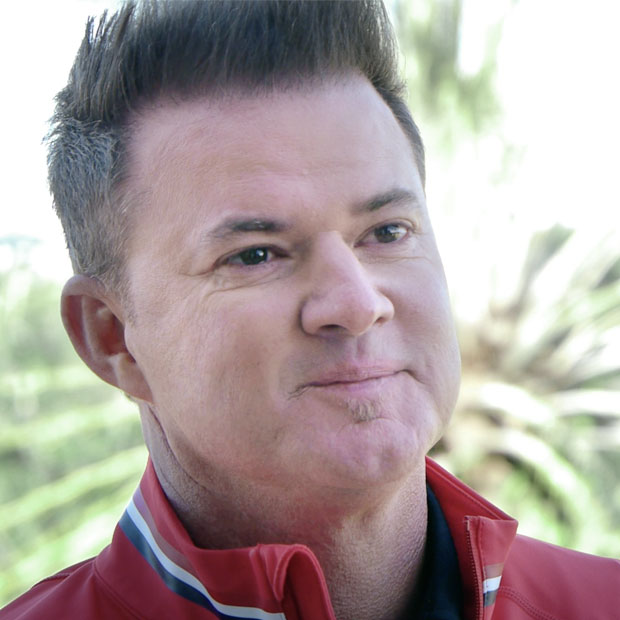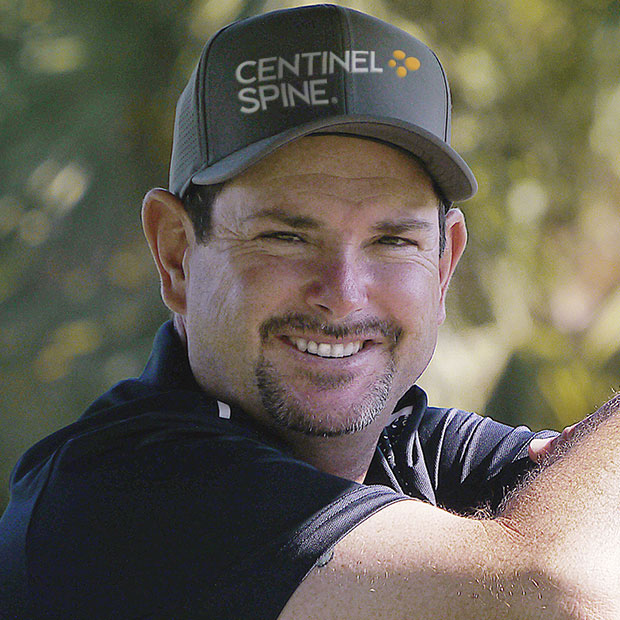A DDD diagnosis starts with a standard questionnaire that details the patient’s symptoms and where they occur.
Then, a spine specialist performs a routine physical exam of the back, arms, hands, legs and feet while
testing for strength, flexibility, range of motion, reflexes and pain.
The spine specialist may also order some tests, like a bone scan, discogram/discography or myleogram to assist in the diagnosis.
-
Bone Scan: A bone scan can be used to identify health concerns like osteoarthritis, fractures or infections.
It is a non-invasive test where a small amount of radioactive medicine is injected into the blood and then absorbed by the bone.
More of the medicine will be absorbed in bony areas that are abnormal or problematic. A scan of the spine is then taken
and the areas where the medicine has been absorbed will be seen as hot spots and light up on the scan.
These hot spots identify where the problem maybe in the spine.
-
Discogram or discography: A test to determine if a specific spinal disc is causing pain or other discomfort.
A discogram/discography is a non-invasive test where a medical dye is injected into a suspected problem disc and an x-ray is taken.
If the dye stays within the disc space then, the disc is normal. If the dye leaks out, then the disc has a problem, like a herniation or bulge.
The test pinpoints the problem disc for the spine specialist to treat.
-
Myelogram: A myelogram is a non-invasive test to determine if the problem is with the spinal cord or in the spinal canal
(the bony opening surrounding the spinal cord). A medical dye is injected into the spinal canal and then an x-ray or CT scan is taken.
The scan or image will show a detailed picture of the spine and surrounding bones and nerves. By reviewing the scan, the spine
specialists can identify any abnormalities or problem areas.
In addition to these tests, the specialist may also order x-rays, computerized tomography (CT) scan or magnetic resonance
imaging (MRI) to get a visual understanding of the spine and associated abnormalities or areas of concern.
A CT or MRI shows the soft tissue of the spine, not just the bones like an x-ray, so the spine specialist can identify
the location and nature of the problem causing discomfort.





